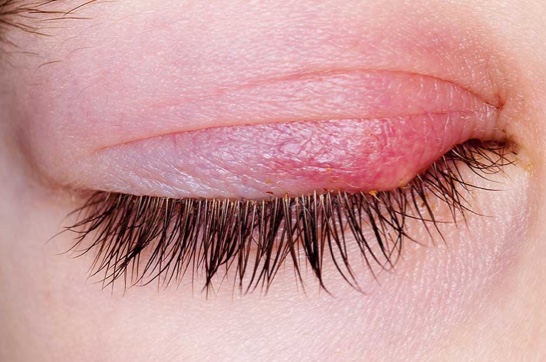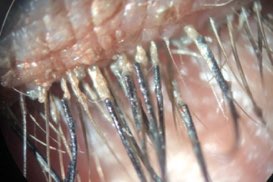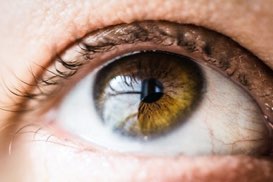What is Blepharitis?
Blepharitis involves inflammation of your eyelids. Blepharitis is very common, especially among people who have meibomian gland dysfunction (MGD), rosacea or ocular rosacea, and dandruff (seborrheic dermatitis). Blepharitis is a chronic condition characterized by periods of remission and exacerbation; it is not curable, but is readily manageable. Other ocular conditions which cause inflammation in the area of your eyes and eyelids can worsen blepharitis (i.e. environmental allergies, contact lens associated irritation, dry eye, demodex, other). Blepharitis is not contagious.
What are the Causes of Blepharitis?
We all have some bacteria on our skin called “normal flora”. Having an overgrowth of a particular bacteria known as Staphylococcus on your eyelids and at the base of your eyelashes can result in blepharitis. Other conditions that can contribute to the development of blepharitis include dandruff, problems with the glands in your eyelids known as meibomian glands, and demodex. Blepharitis can result in recurrent infections of the glands in your eyelids known as meibomian glands. These infections are known as styes (hordeolum), chalazia (pural of chalazion) and cellulitis.
What are the Signs of Blepharitis?
In terms of your appearance, your eyes may appear red, your eyelids may appear oily, swollen and red, with flaking of the skin around your eyelashes with crust formation.
What are the Symptoms of Blepharitis?
You may experience burning, soreness, grittiness, stinging, a foreign body sensation, tearing, or simply an overall discomfort and irritation of your eyes and eyelids. Symptoms are often worse in the morning.








